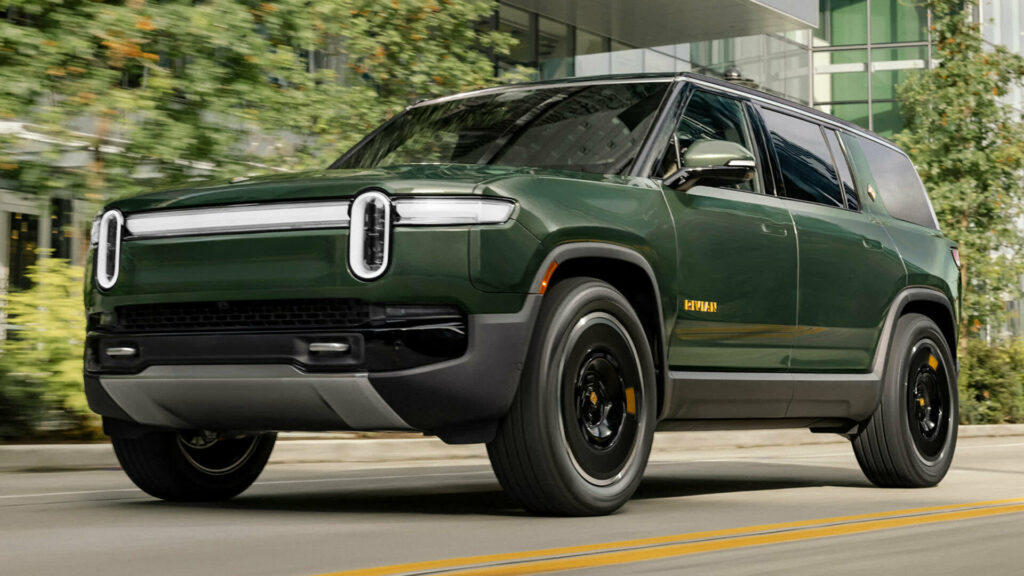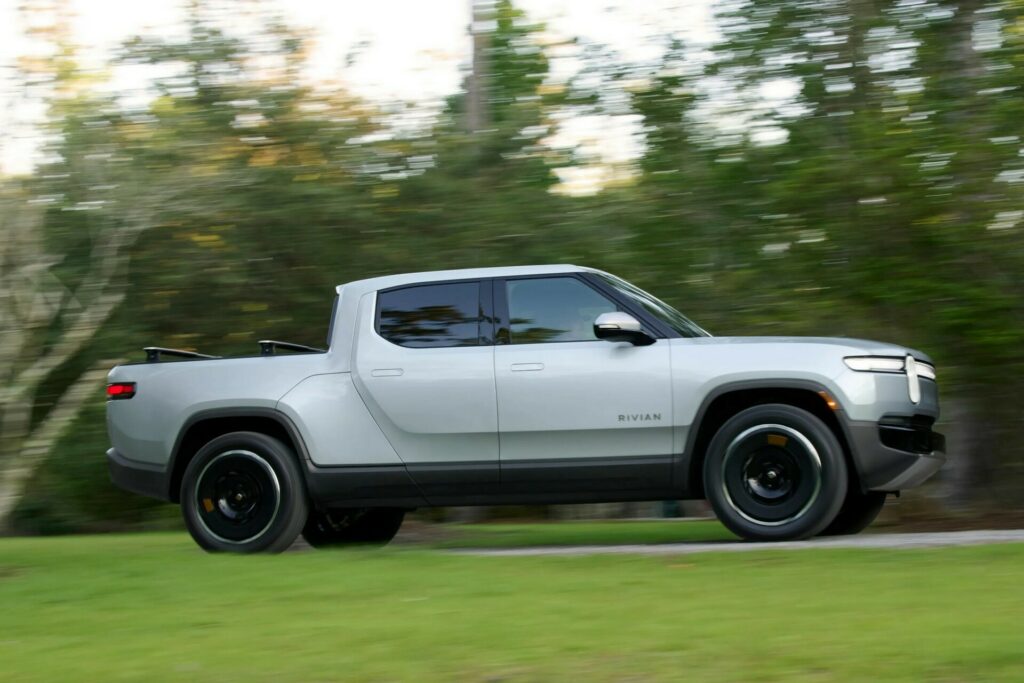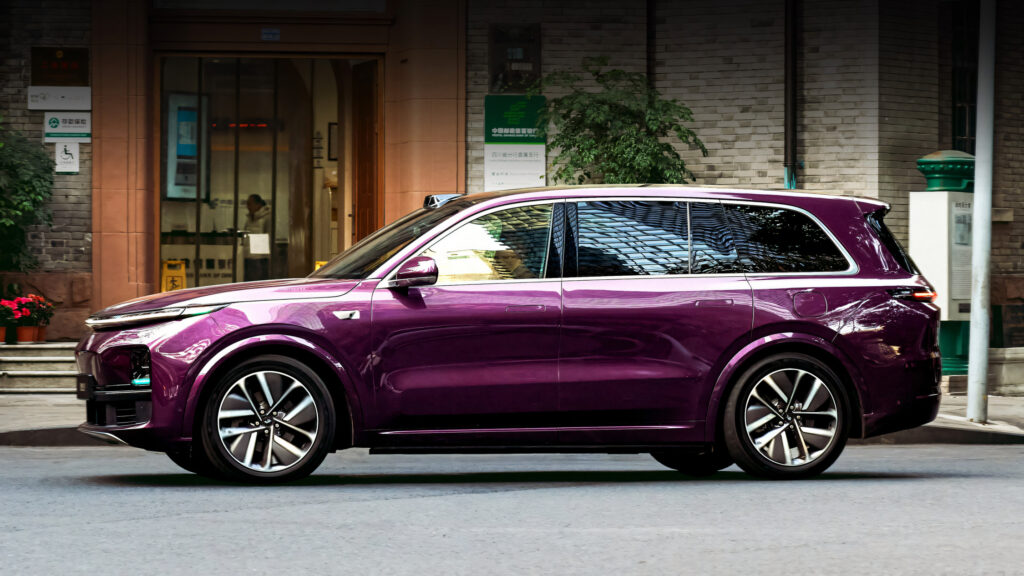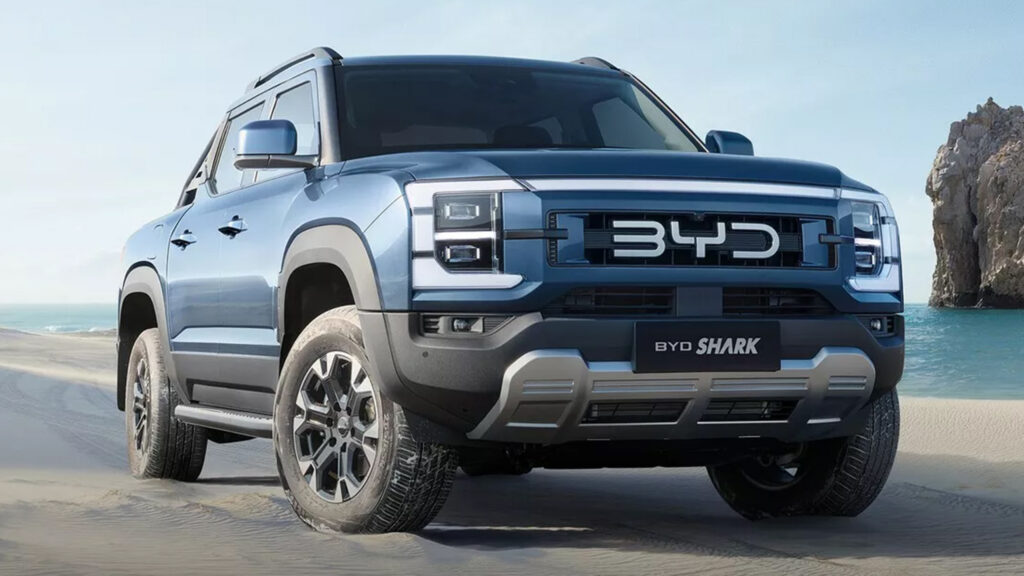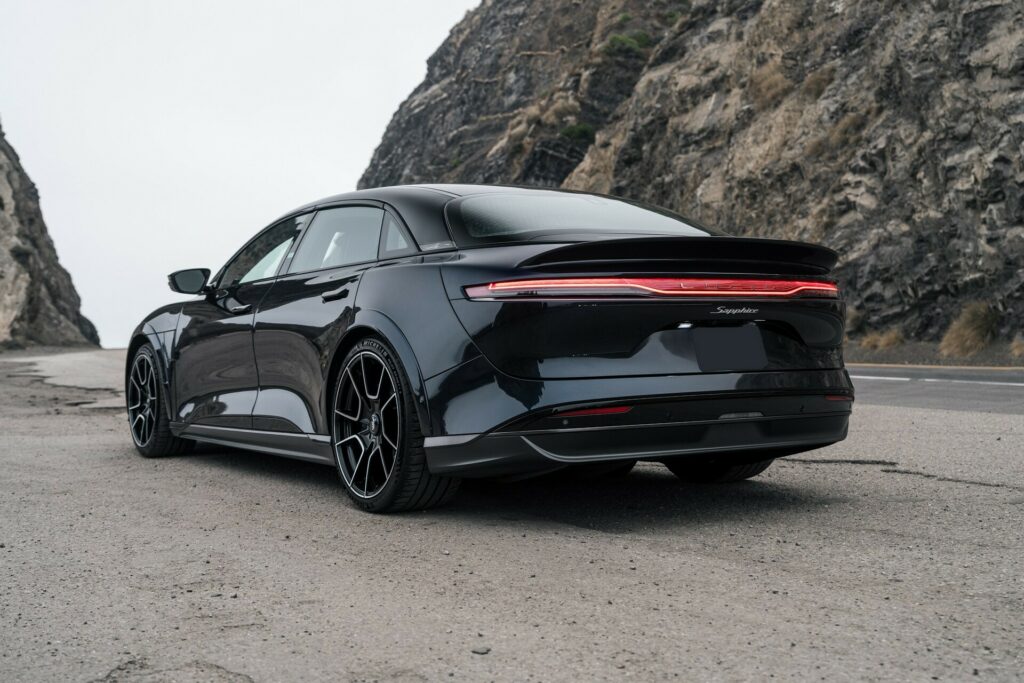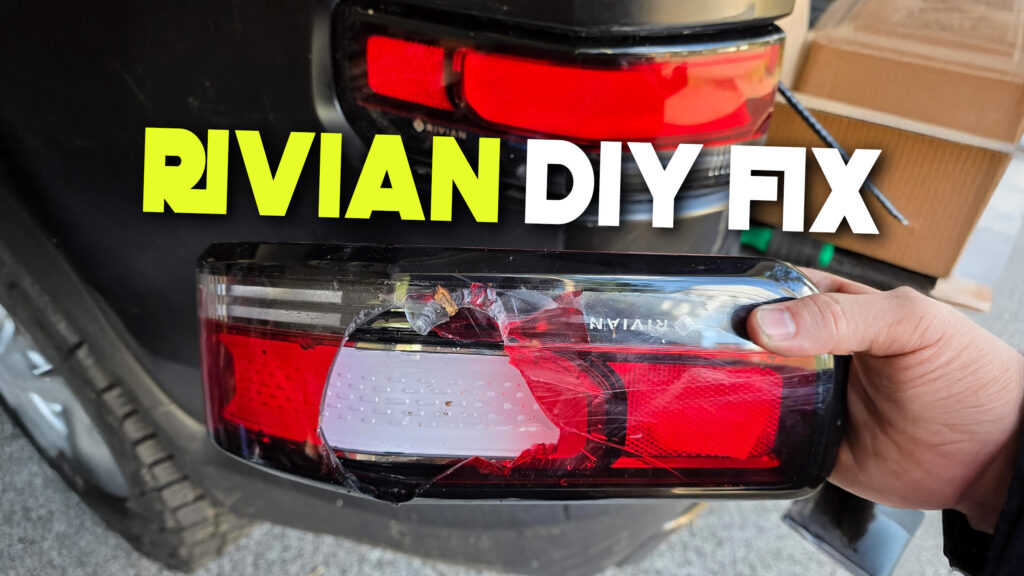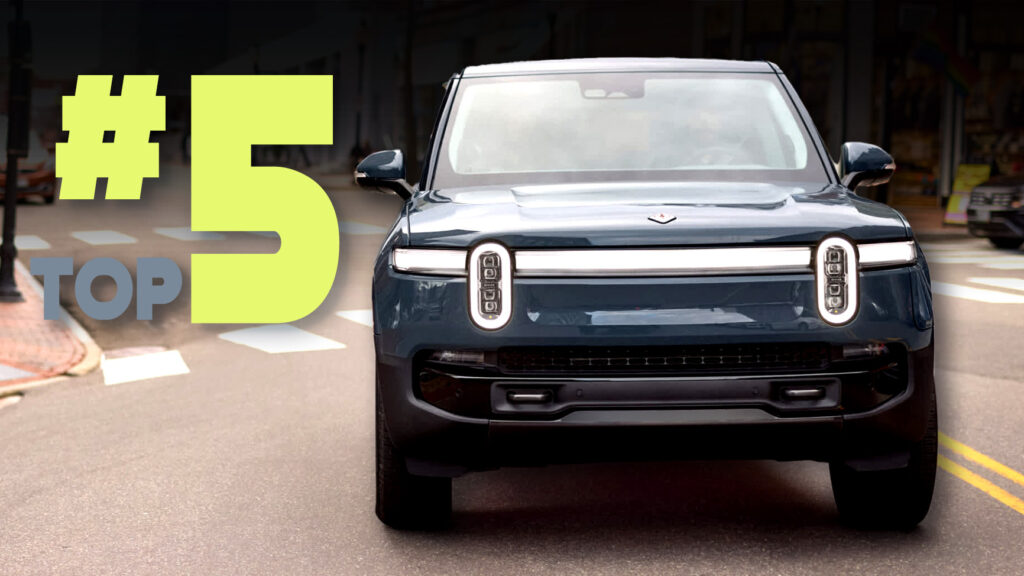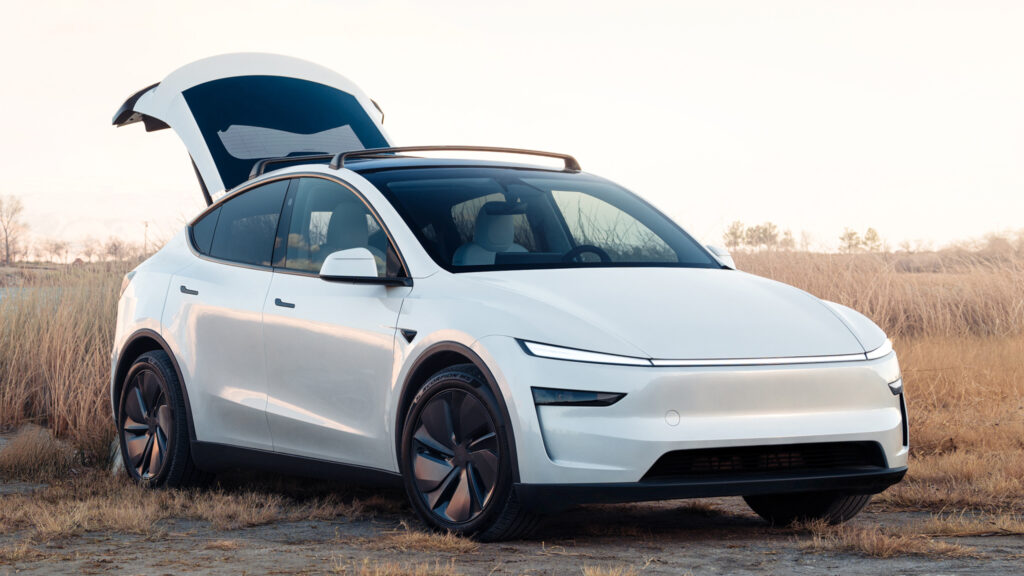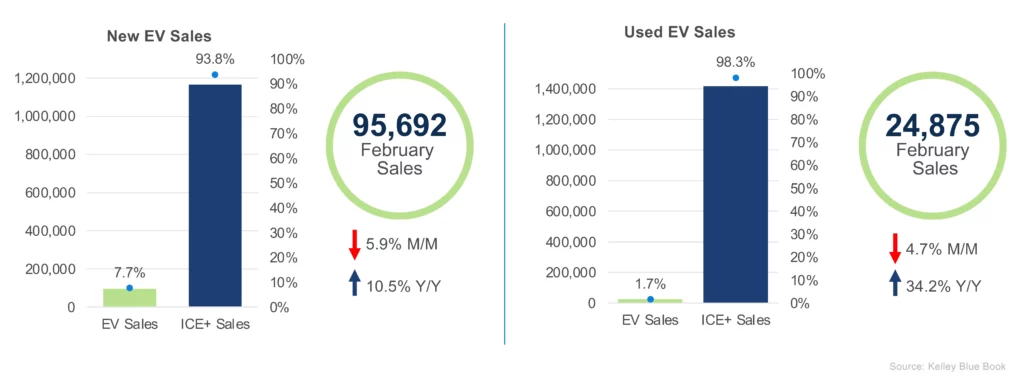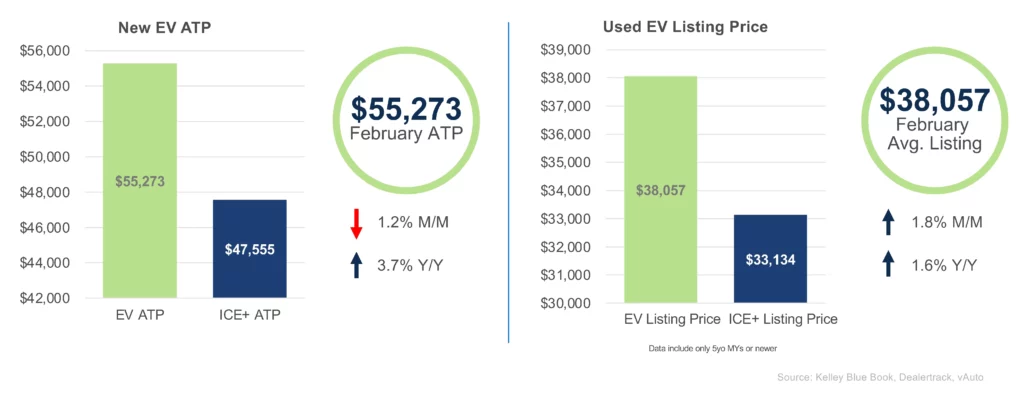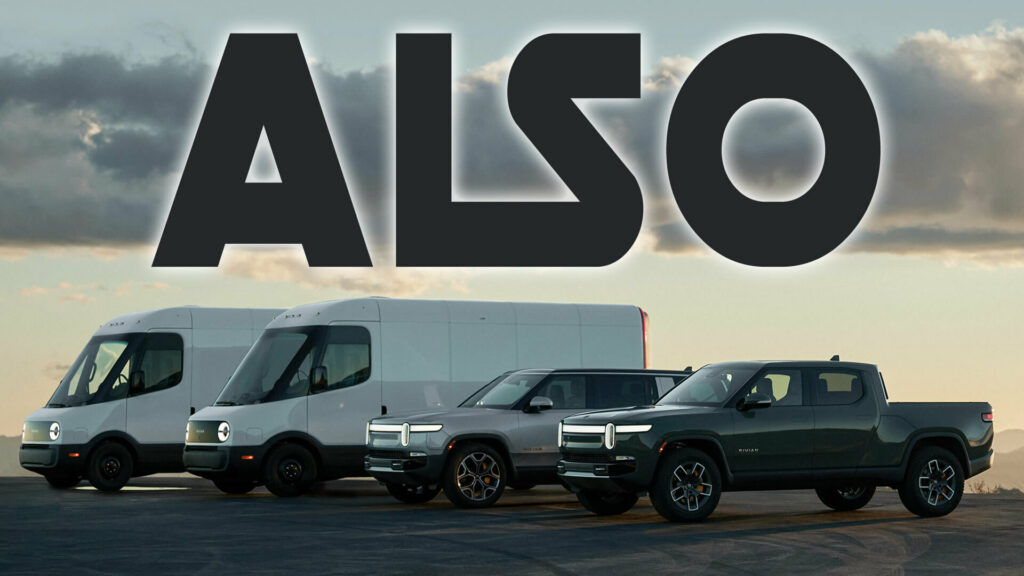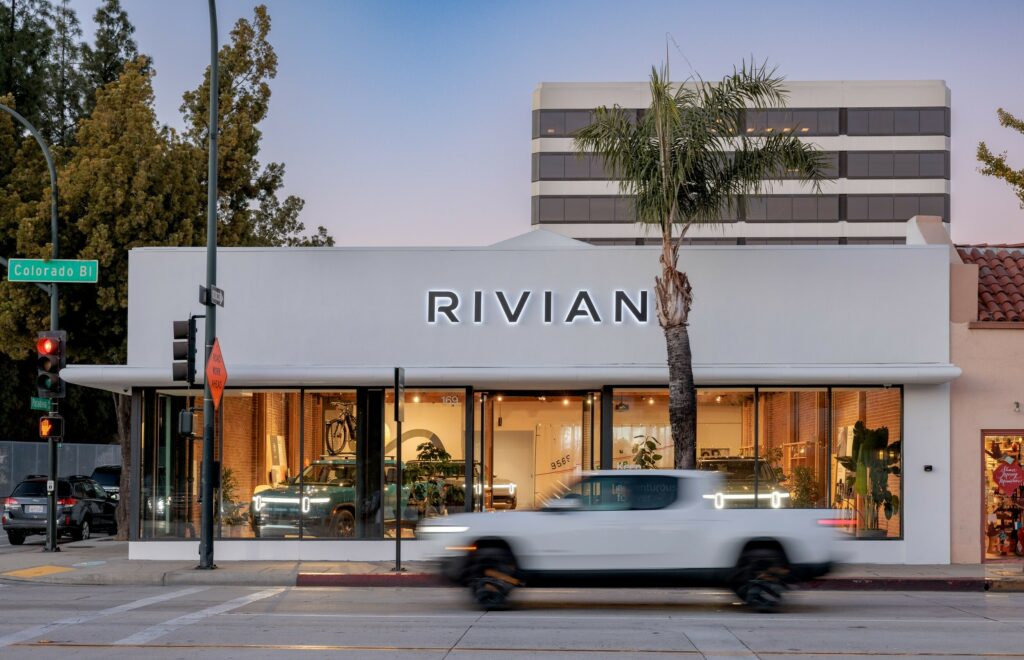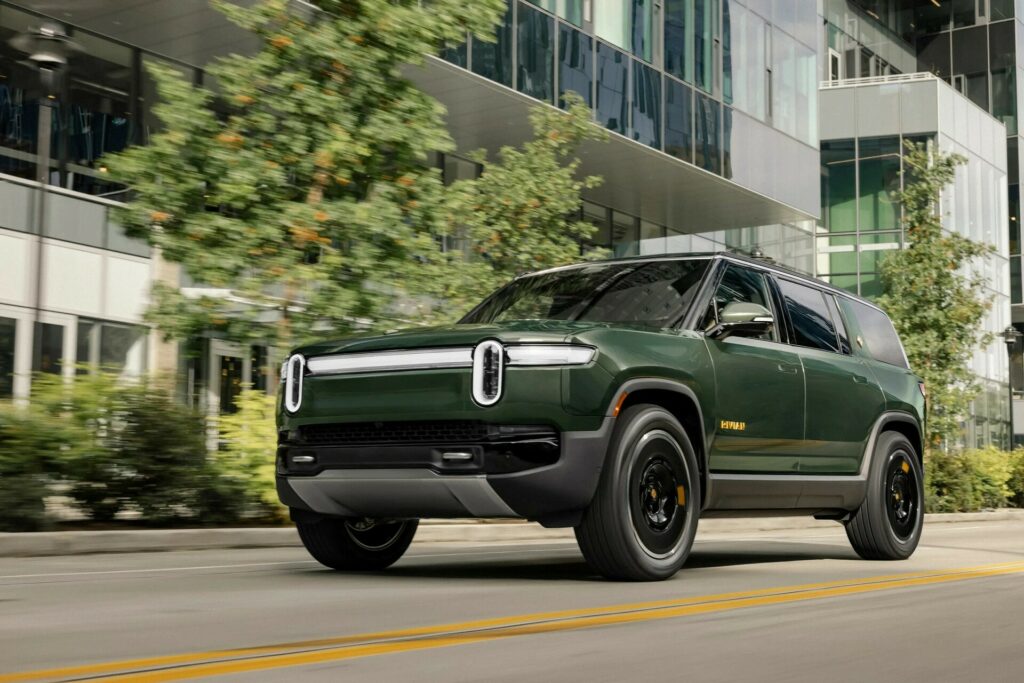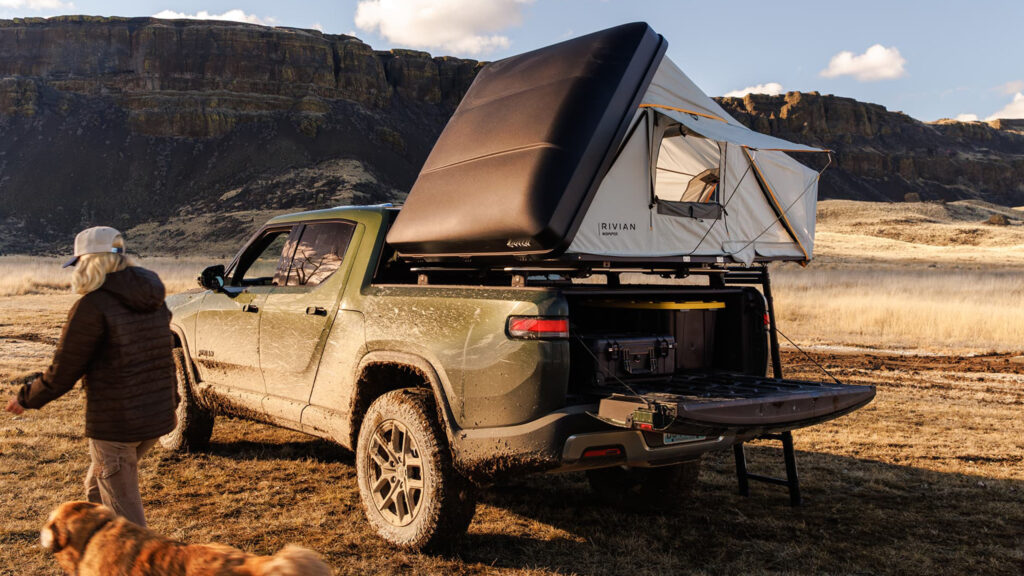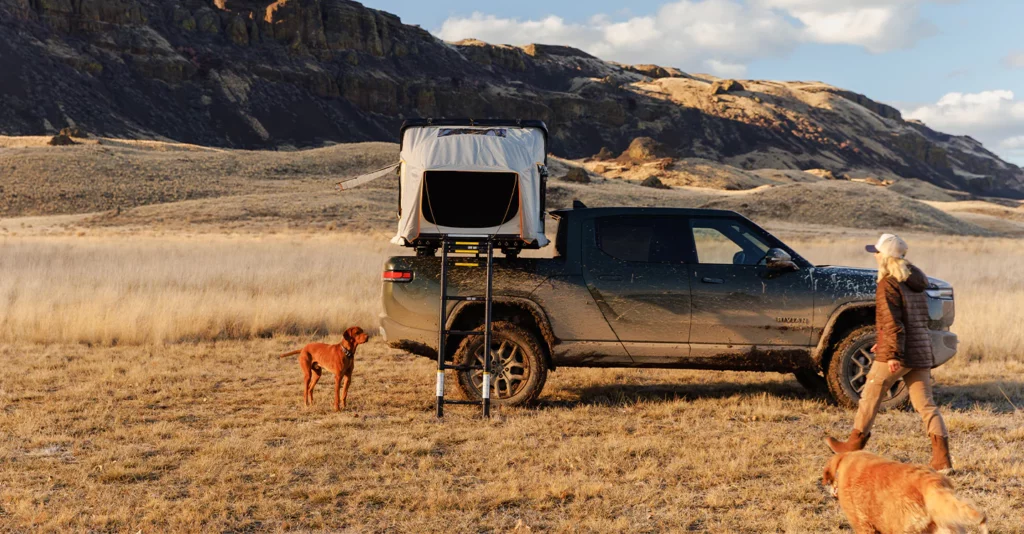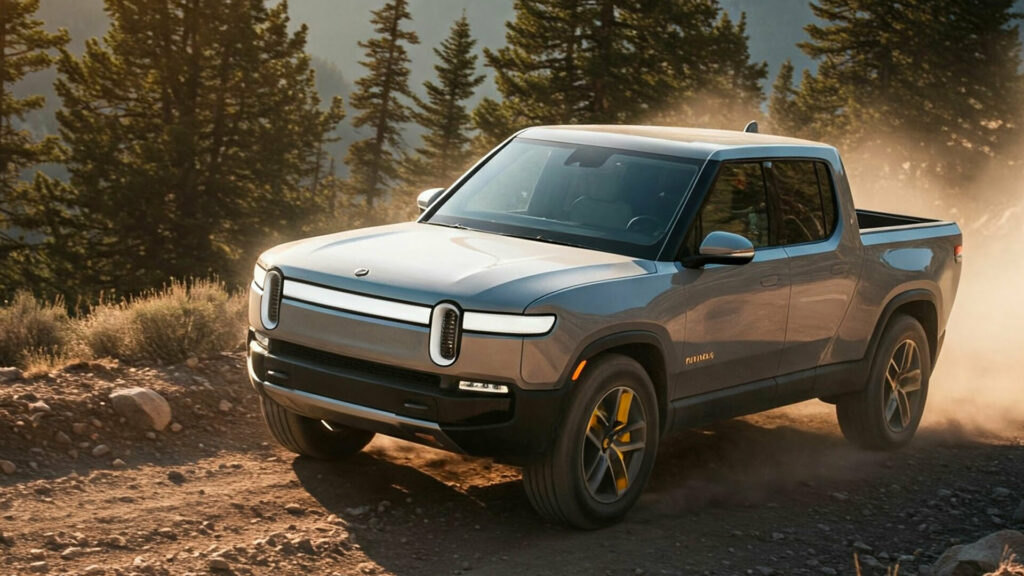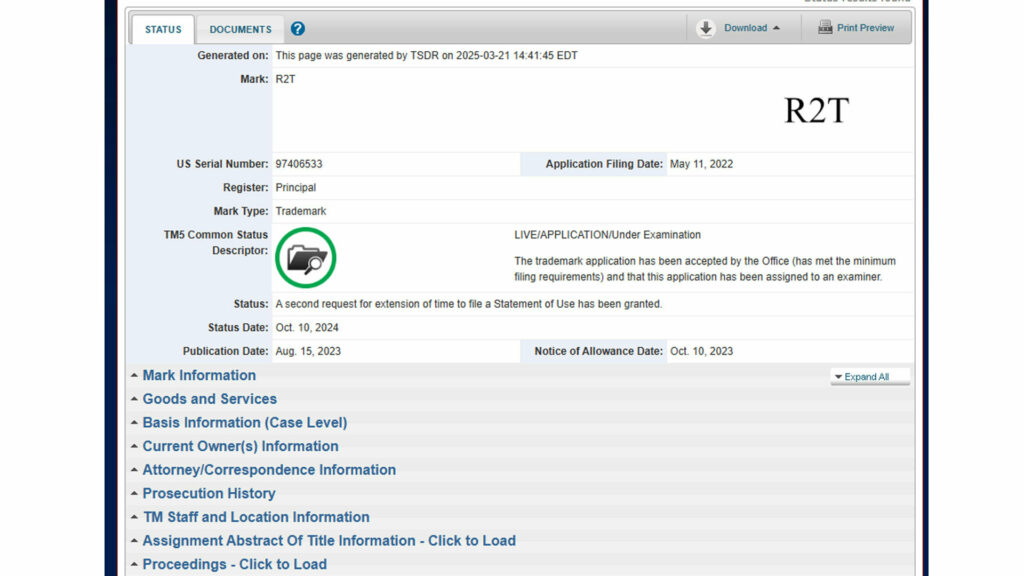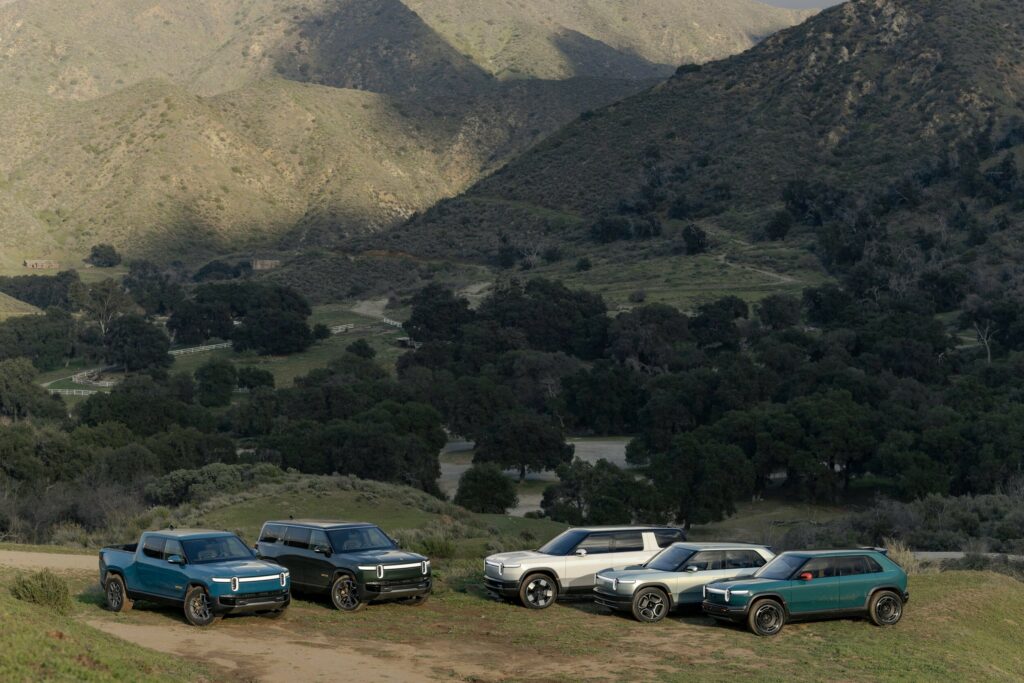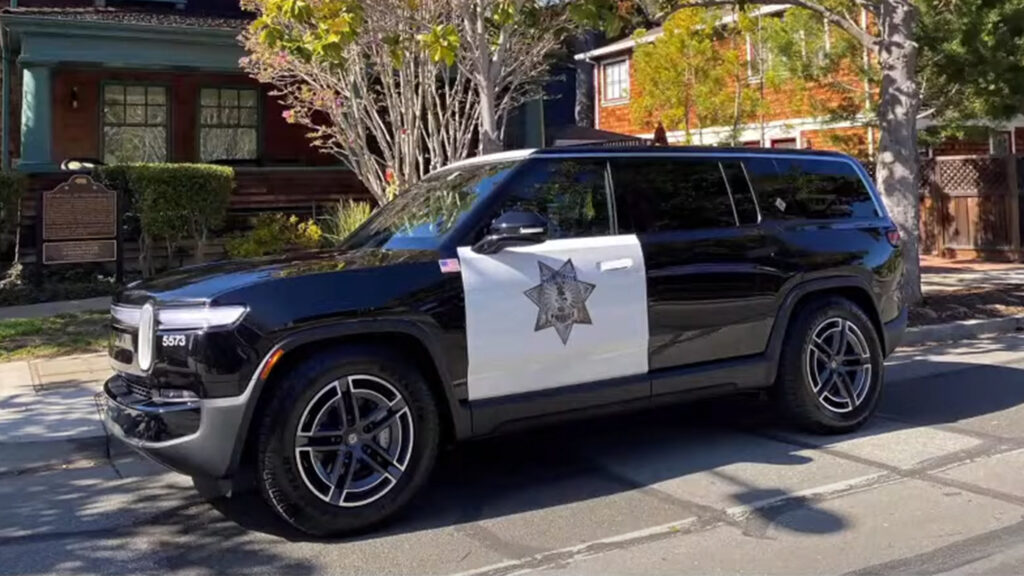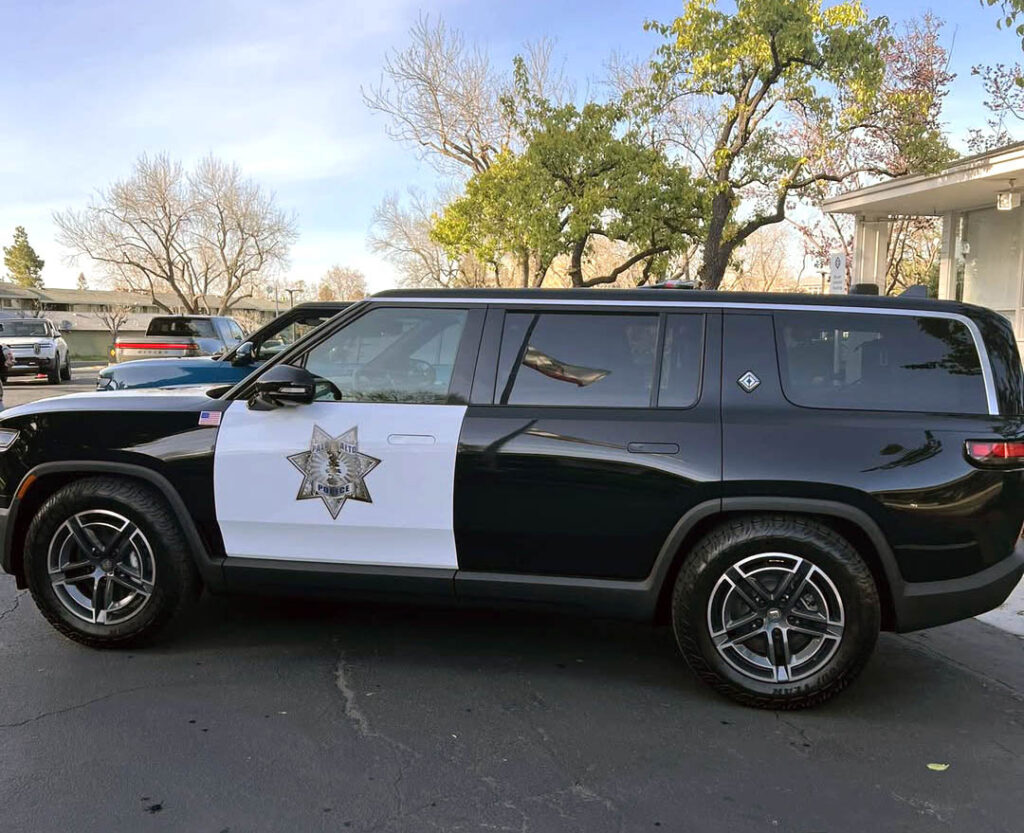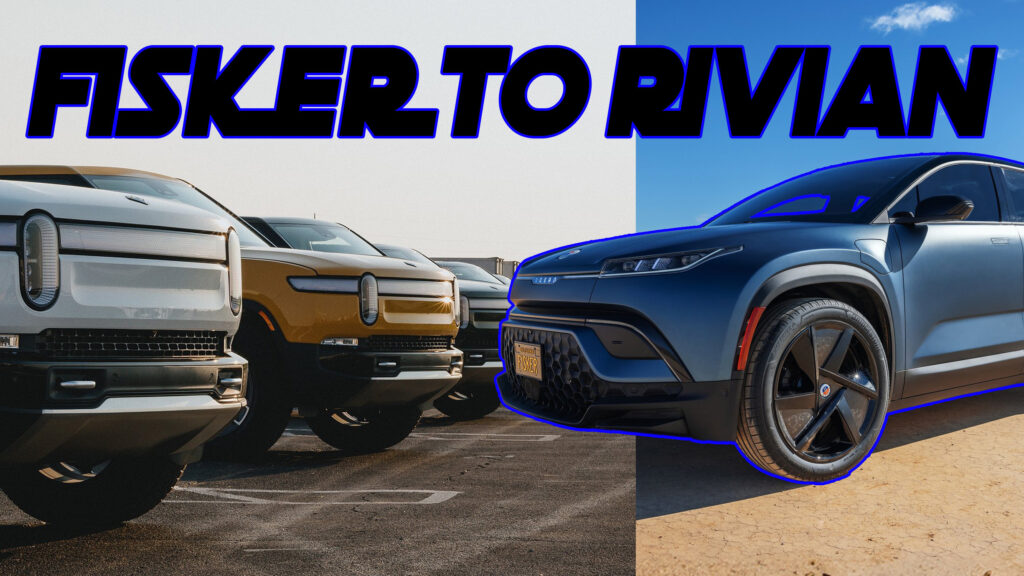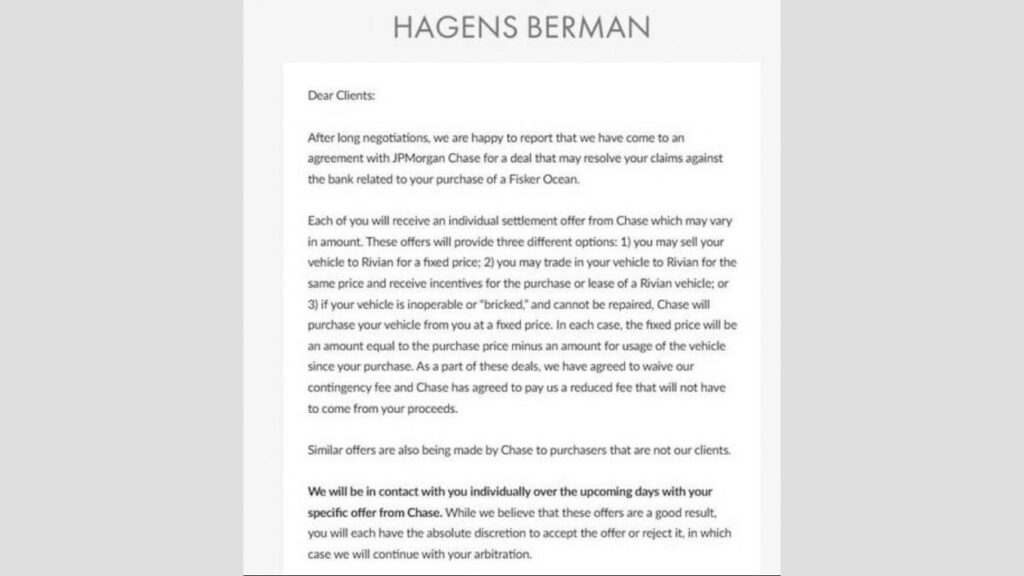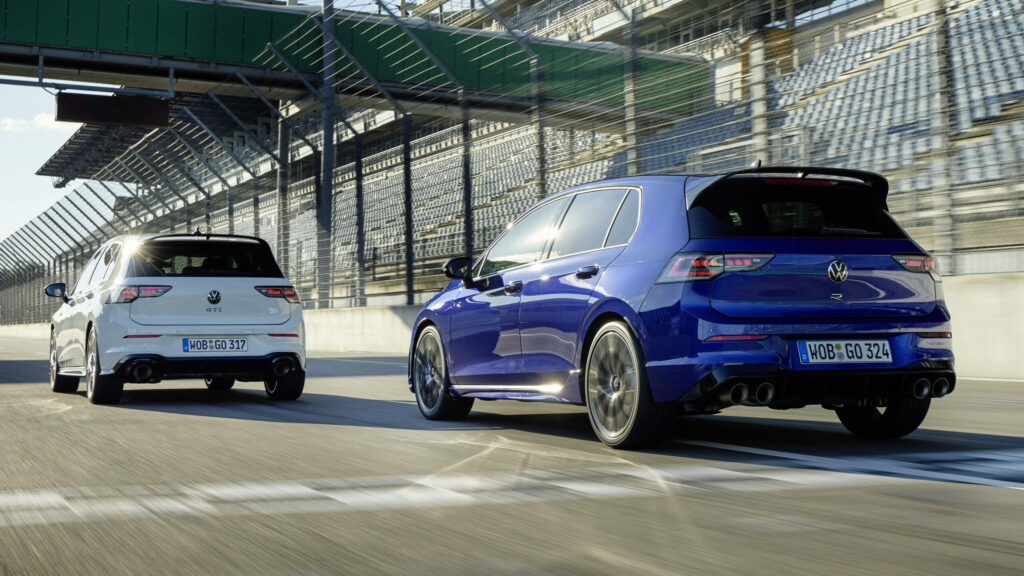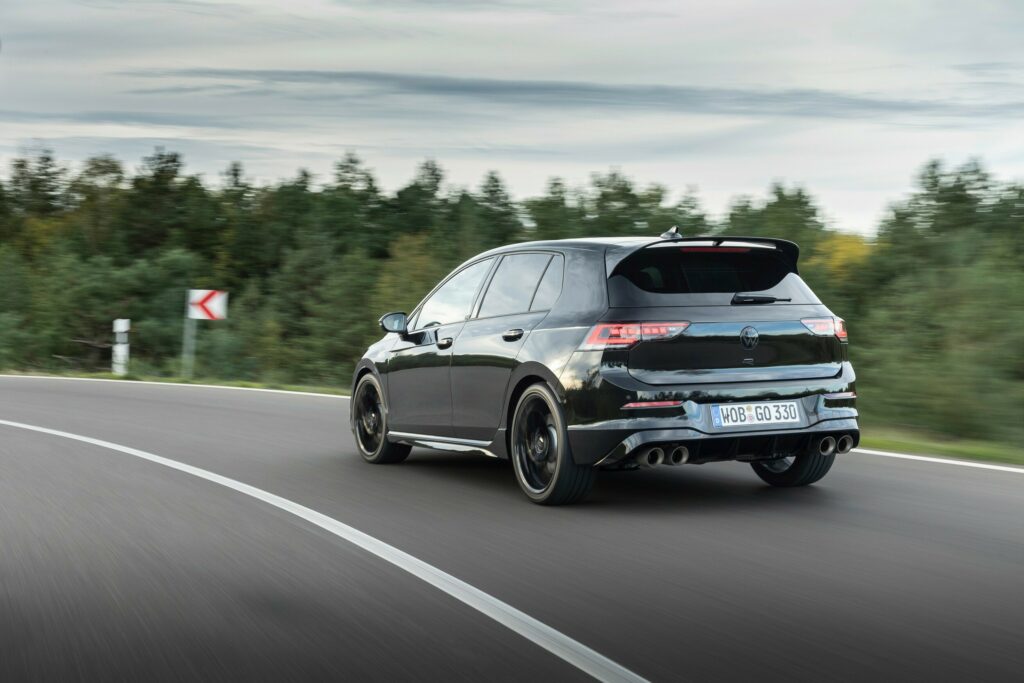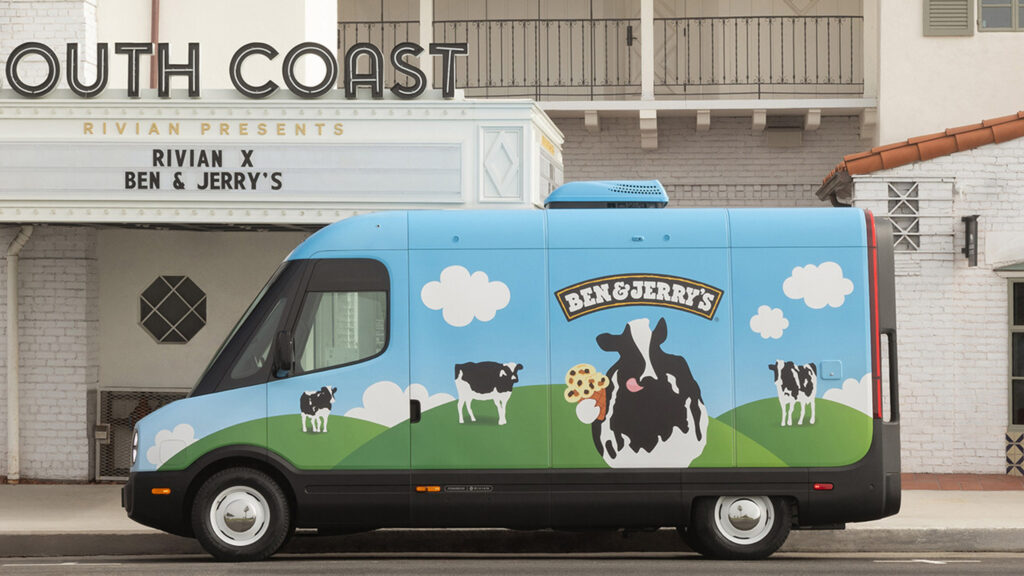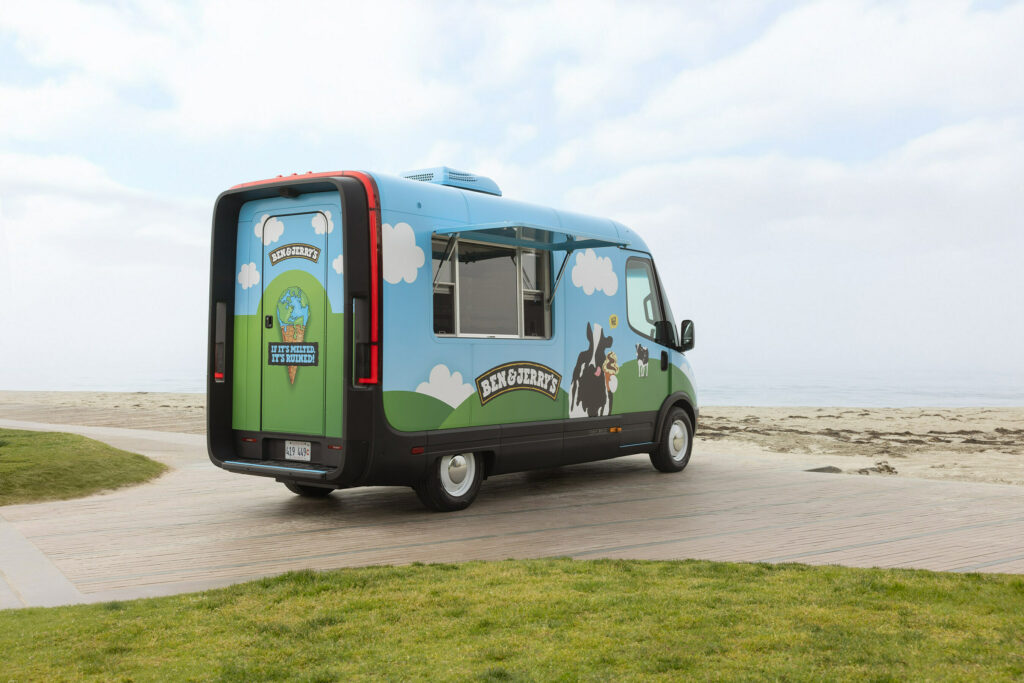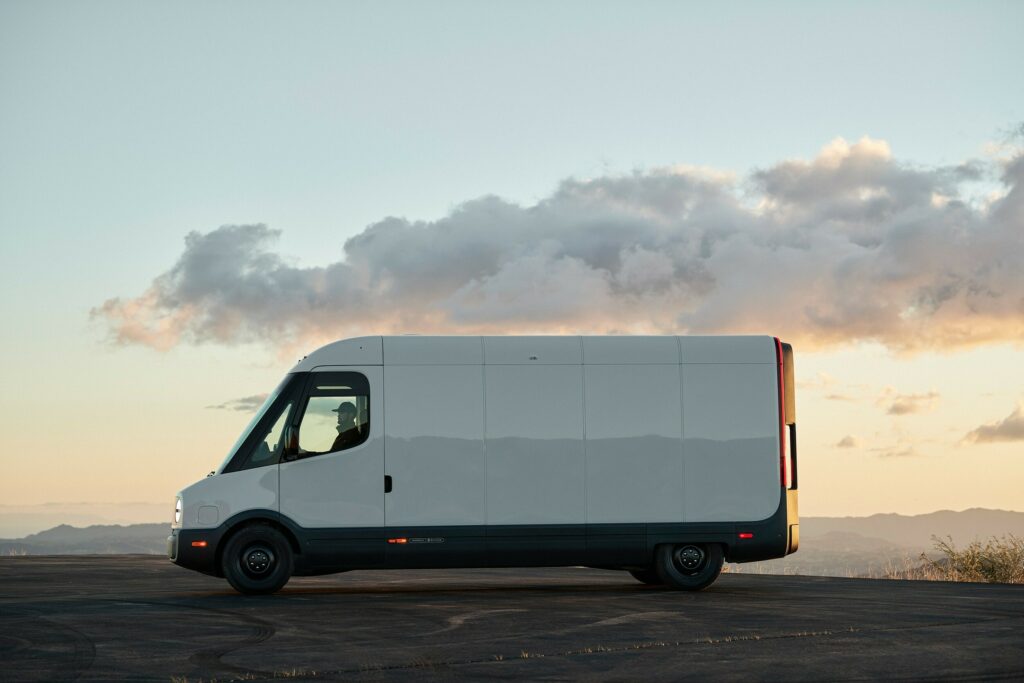Rivian Slashes 2025 Sales Forecast By Up To 13%, But Secret Stockpile Could Help

- The EV maker expects to manufacture 40,000-46,000 vehicles until the end of the year.
- Rivian produced 14,611 vehicles during the first quarter and delivered 8,640 of them.
- Meanwhile, Lucid built 2,212 vehicles in Q1, but expects to end 2025 with 20,000 units.
Rivian has revised its 2025 delivery forecast, blaming a shifting global trade environment that has been heavily influenced by Donald Trump’s second term as U.S. President. In a similar vein, Lucid is acknowledging rising costs due to tariffs but is holding firm on its production targets, expecting to produce 20,000 vehicles this year.
Read: Rivian’s Secret Stockpile Could Be Its Key To Defeating Tariffs
During the announcement of its first-quarter 2025 financial results, Rivian revealed a notable increase in gross profit, at $206 million to be exact. This marks the company’s second consecutive quarter of profitability, a significant milestone for the fledgling American EV manufacturer. It also makes Rivian eligible for a $1 billion investment from the Volkswagen Group, part of a broader partnership between the two companies.
Rivian’s First-Quarter Progress
The EV startup manufactured 14,611 vehicles in the first quarter, delivering 8,640 of them to customers. The company continues to make strides with its small R2 model, now building validation prototypes while expanding its manufacturing facility in Normal, Illinois.
The carmaker pointed out that while all its vehicles are manufactured in the U.S. and most of its materials either come from the US or are USMCA-compliant, the effects of tariffs, “evolving trade regulations,” and other policy changes have forced it to revise its delivery forecast.
Rivian now expects to deliver between 40,000 and 46,000 vehicles this year, down from an earlier projection of 46,000 to 51,000 vehicles. This adjustment means a potential reduction of up to 5,000 vehicles, equating to a 10% drop at the higher end of the original forecast and a 13% decline at the lower end.

On top of that, Rivian estimates that tariffs could add thousands of dollars to the cost of each vehicle. However, the company does appear to have one ace up its sleeve: a stockpile of batteries, which, according to reports, it’s been quietly accumulating since before the election. This stash could serve as a buffer against the pricing pressures triggered by Trump’s auto tariffs.
“This quarter we hit our second consecutive gross profit and our highest gross profit to date at $206 million,” added company founder and chief executive RJ Scaringe. “We have continued to make significant progress on R2, including vehicle validation builds underway and our Normal, Illinois manufacturing facility expansion on track.”
Despite Slow Start, Lucid Aims High
Meanwhile, Lucid wrapped up Q1 by building 2,212 vehicles, excluding 600 currently being shipped to Saudi Arabia. The company also delivered 3,109 vehicles during the quarter, posting $235 million in revenue. Despite the ongoing challenges, Lucid ended the quarter with a healthy liquidity position of $5.76 billion and is still on track to build approximately 20,000 vehicles this year.





